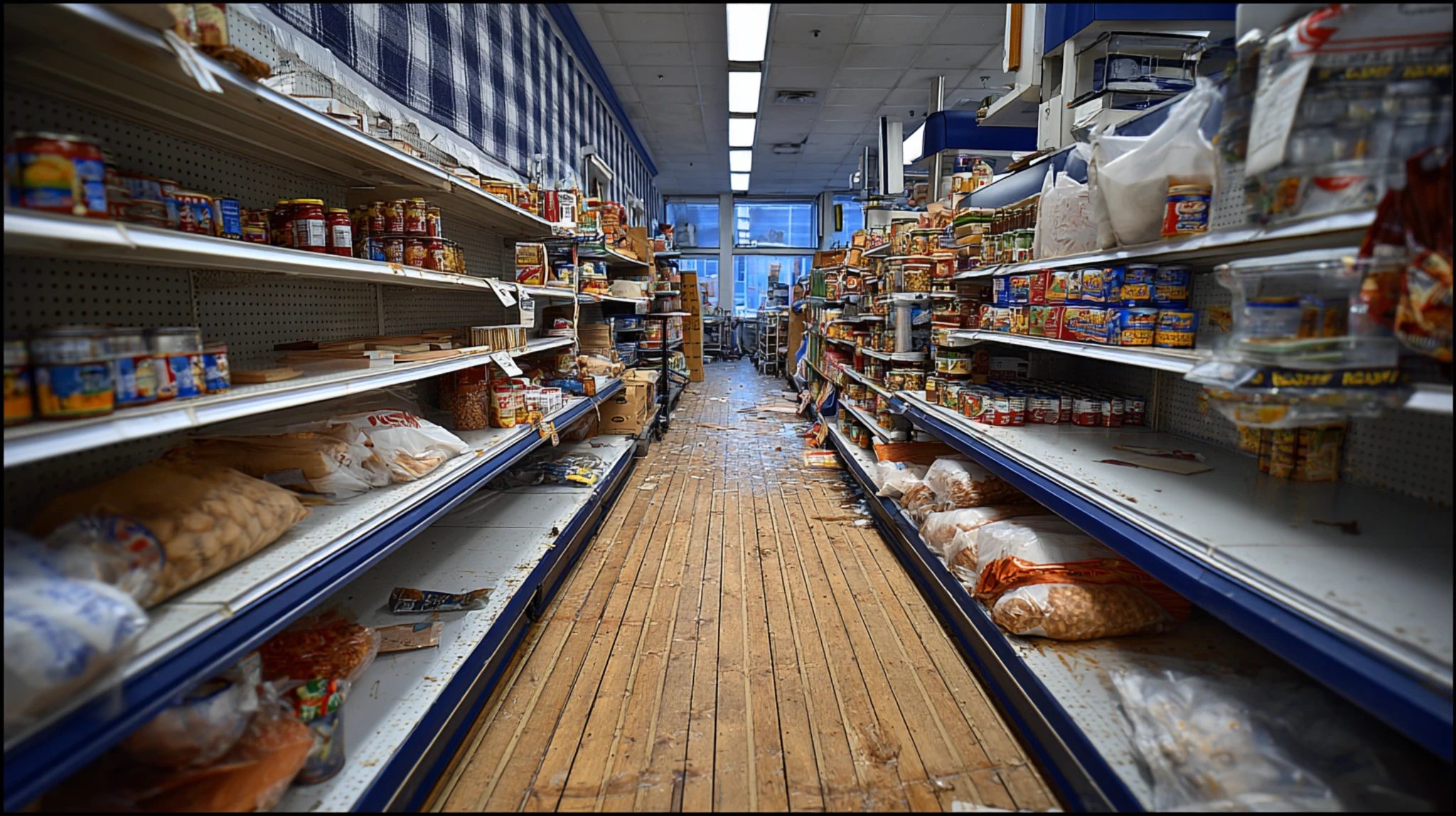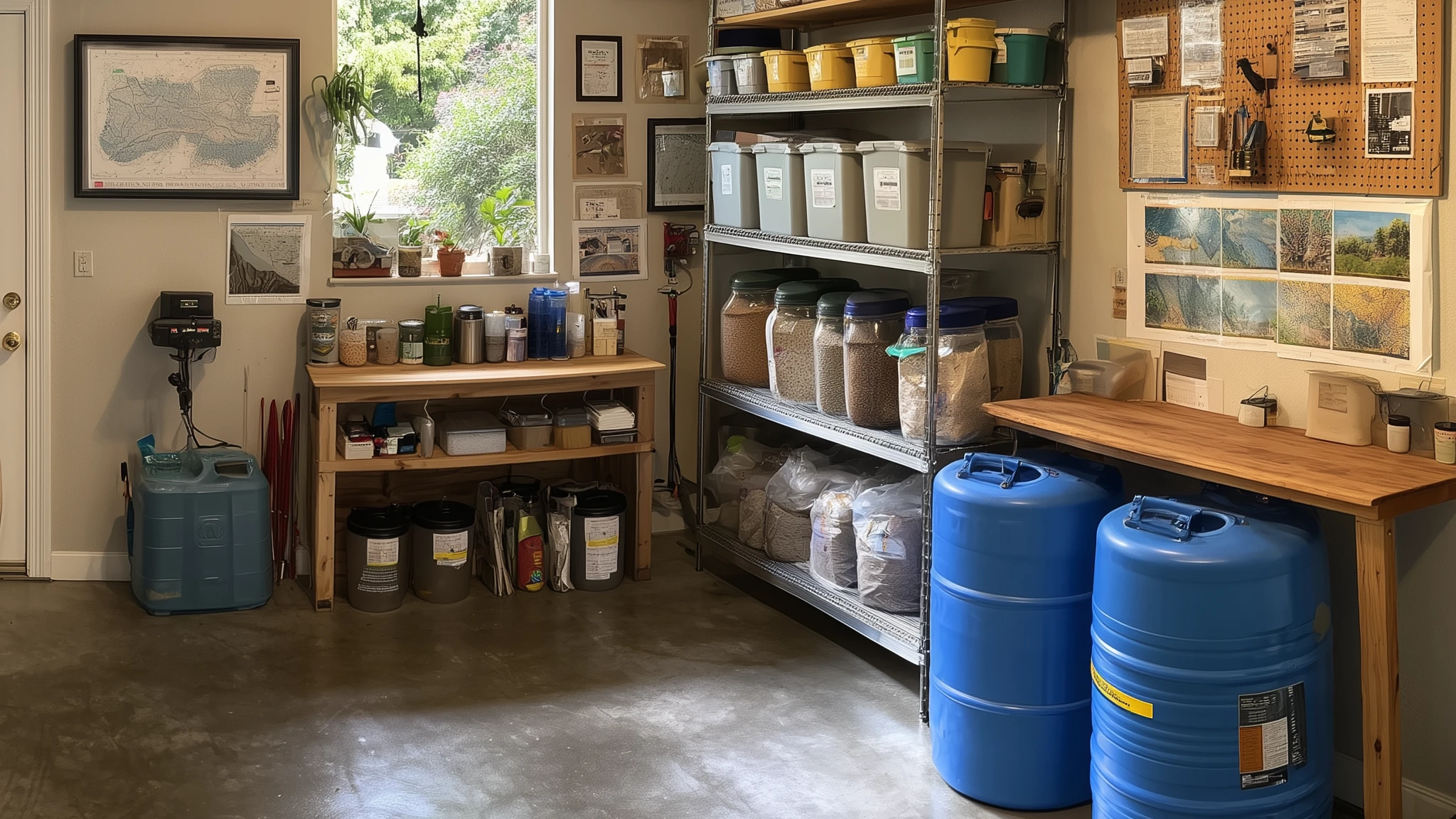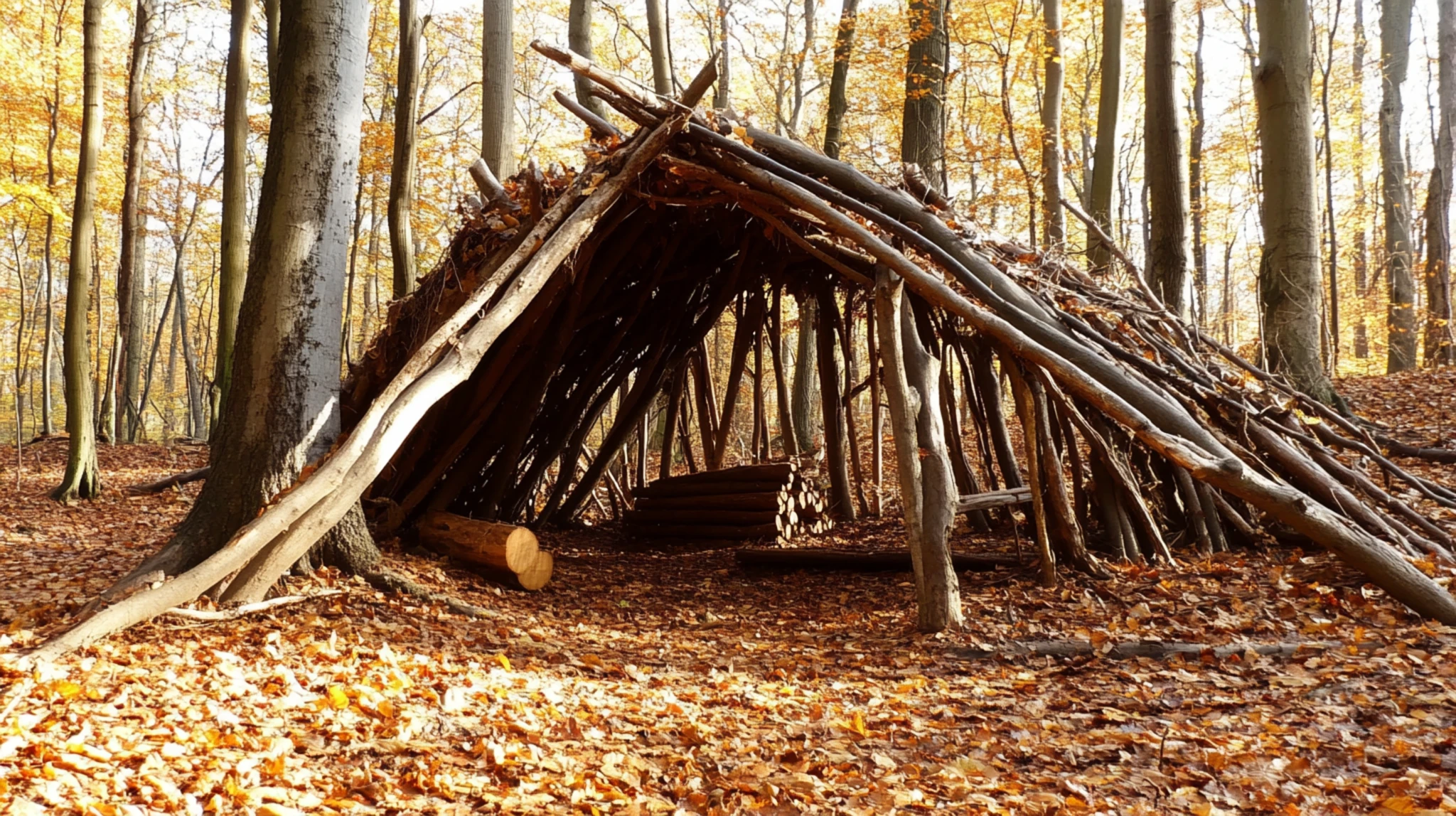There was a time, not long ago, when the word “prepper” conjured up images of camouflage, gas masks, and off-grid bunkers hidden in the hills. It was a label that mainstream society viewed with skepticism—if not outright mockery. But today, the tide has turned. Prepping has slipped quietly into the suburbs, into city apartments, into the homes of families who used to think emergency planning was something only extremists bothered with.
We’re witnessing a cultural shift. Prepping has gone mainstream, and not because the world has suddenly become more welcoming to it—but because the world has become less predictable. When grocery stores empty faster than they can restock, when energy prices skyrocket, when cyberattacks knock out critical systems, people start asking uncomfortable questions. What would I do if help didn’t come? What if I had to rely on my own hands, my own tools, my own knowledge?
And for the first time in modern history, a growing number of people are answering that question not with fear—but with action.
A Culture on Edge
There’s no single event that triggered this surge in preparedness—it’s the accumulation of a thousand cuts. The pandemic didn’t just empty shelves; it emptied the illusion of endless stability. Massive power outages in winter storms proved how fragile our infrastructure really is. Cyberattacks on pipelines, banks, and city governments exposed how easy it is to bring modern life to a standstill. And now, with geopolitical tensions rising and the word “blackout” entering more headlines, everyday people are starting to understand what survivalists have known all along: systems fail, and when they do, you’d better be ready.
But this new wave of preparedness isn’t marked by panic—it’s marked by pragmatism. These aren’t doomsday zealots hoarding toilet paper in underground vaults. These are nurses learning how to purify water. Teachers growing vegetables in their backyards. Accountants buying solar-powered chargers and learning how to sew. It’s not about paranoia. It’s about responsibility.
What Preparedness Looks Like in 2025
The face of prepping has changed. It’s cleaner, quieter, and far more practical than the media ever portrayed. More and more families are investing in rainwater catchment systems. People who once laughed at “bunker builders” are now installing safe rooms or upgrading their basements to serve as temporary shelters. Urbanites are finding ways to store long-term food in compact spaces, or joining online communities that teach bushcraft, first aid, and communications.
The rise of “soft prepping” is another signal. It’s not about full-time off-grid living, but part-time readiness. People are crafting bug-out bags, stocking pantries, keeping extra medication, and mapping alternative routes out of their neighborhoods. They may not all consider themselves preppers, but in action, they are.
Part of this transformation comes from seeing others prepare openly. Social media has helped normalize the conversation. Popular YouTubers, TikTok creators, and even former skeptics are now sharing tips on how to purify water, preserve food, and survive when power goes down. It’s no longer fringe. It’s practical knowledge that just makes sense in uncertain times.
Why It Matters Now More Than Ever
The truth is, we live in a house of cards. The conveniences we rely on—electricity, internet, water, food delivery—are all part of a delicate web that can unravel with frightening speed. And as our systems grow more complex, they also become more vulnerable. We’ve traded resilience for efficiency, and when efficiency breaks, it breaks hard.
Mainstream prepping is a response to that realization. It’s not just about fear—it’s about agency. When people prepare, they reclaim a bit of control in a world that seems increasingly out of their hands. They stop waiting for rescue and start building self-reliance.
But this shift also raises a deeper question: what kind of future are we preparing for? Is it just about surviving the next blackout, or are we preparing to rebuild something better? Are we learning the skills to fix what’s broken—or merely endure the consequences?
These are the kinds of questions modern preppers are asking themselves. And they’re questions worth considering, no matter where you fall on the spectrum.
The Responsibility of Knowledge
Being prepared is no longer something to be laughed at. It’s something to be admired, shared, and taught. And with that comes responsibility.
If you’re reading this, chances are you’ve already taken the first steps—or you’re seriously considering it. Maybe you’ve started a small garden. Maybe you’ve set aside a few days’ worth of food. Maybe you’ve taken a CPR course or learned how to build a fire without a lighter.
Whatever your background, remember this: knowledge is like fire—it only matters if you share it. As prepping becomes more common, those with experience need to step up, not as fearmongers, but as guides. We don’t need more alarm bells. We need communities that know how to stay warm in the cold, how to feed themselves when trucks stop rolling, how to communicate when the internet goes silent.
Because when the time comes—and it will—those who prepared will be the ones others turn to. And it won’t matter what label you wear. What will matter is whether you can lead.
Prepping isn’t about waiting for the end of the world. It’s about preparing for what’s next, whatever form it takes. And the next time your neighbors laugh about your solar cooker or your water barrels, just smile. Because when the lights go out, the joke’s over. And the real work begins.



